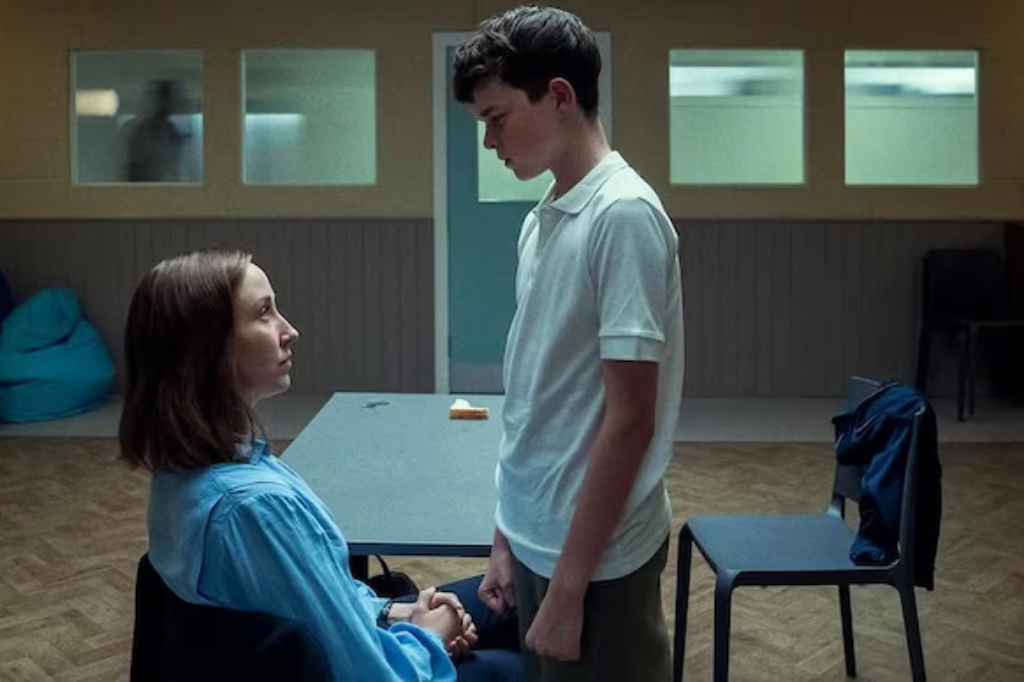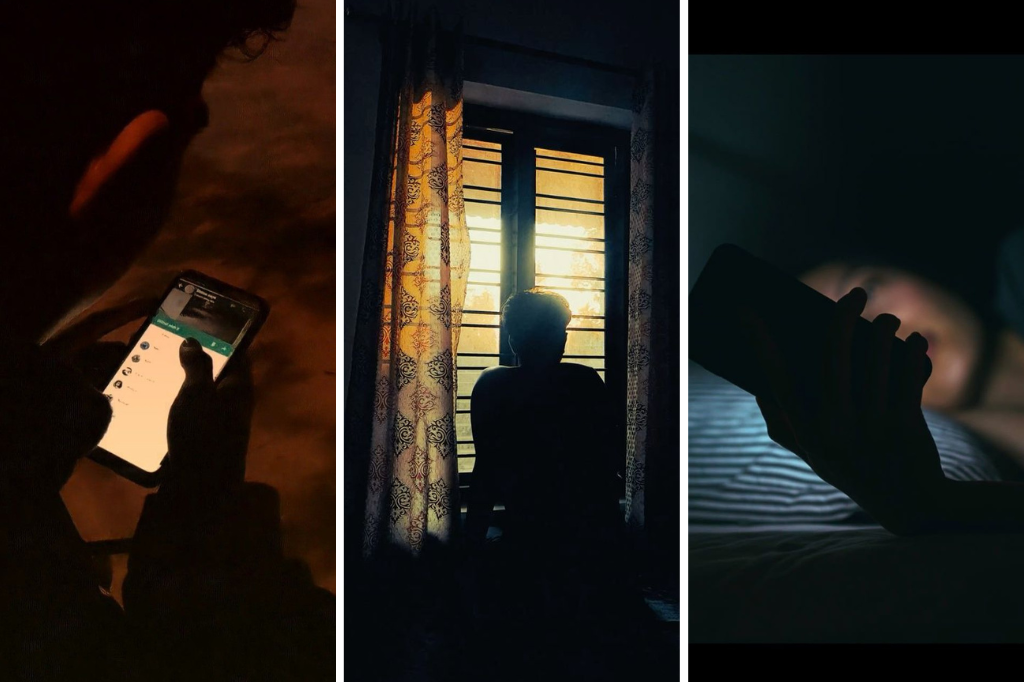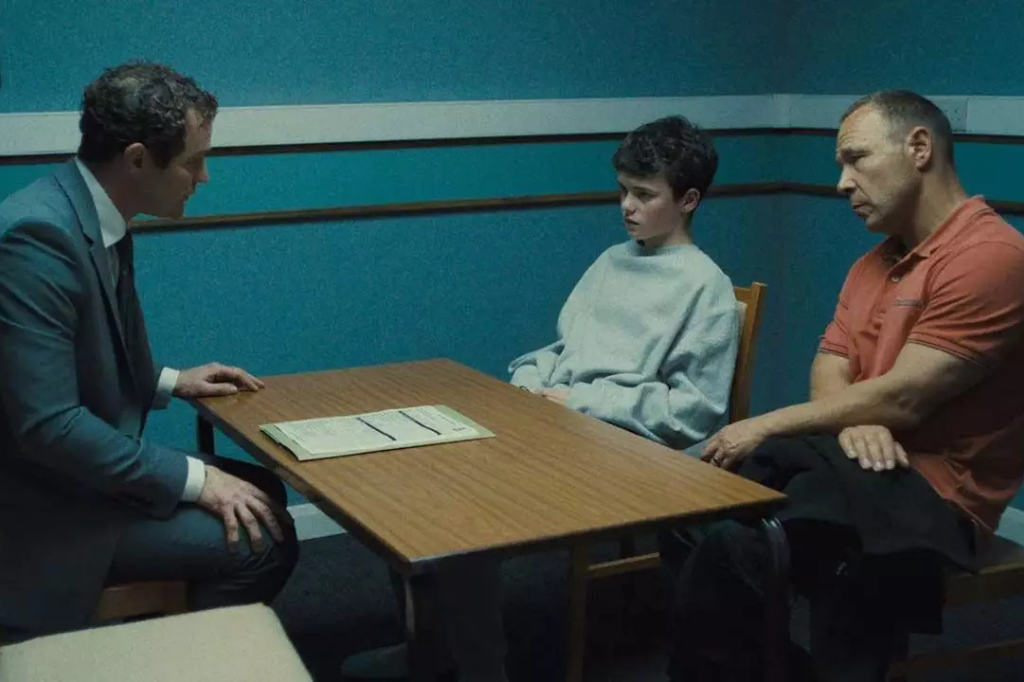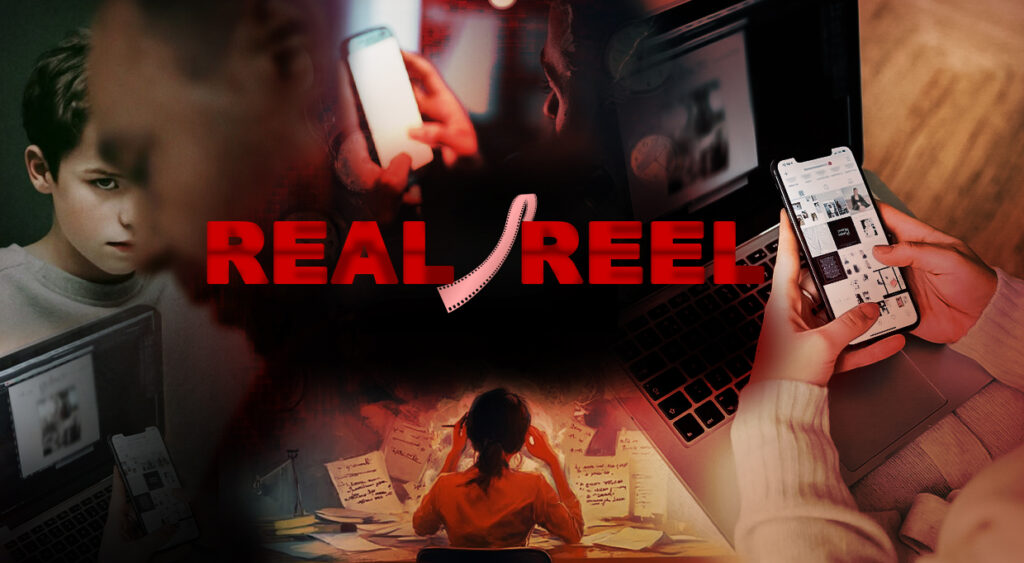The Netflix series Adolescence has quickly become one of the most talked-about shows of 2025, captivating viewers with its gripping tale of Jamie Miller, a 13-year-old boy accused of murdering a female classmate. Beyond its crime-drama narrative, the show delves deeply into the complex social and psychological challenges faced by today’s youth, sparking conversations on topics such as mental health, masculinity, and the impact of social media on adolescent identities.
The series highlights the coded language young people are using online, which often goes unnoticed by adults. Seemingly innocent emojis can carry deeper, sometimes concerning meanings. Its success has resonated worldwide, from the UK to India, even prompting British PM Keir Starmer to suggest it be screened in schools. In response to the show’s impact, UK schools are introducing anti-misogyny lessons aimed at addressing toxic masculinity.
Adolescence has become more than just entertainment; it has ignited a much-needed dialogue about male vulnerability and the darker realities of growing up in today’s digital age.

Speaking to ND24, Rohit Kumar Deka, a Guwahati-based child psychologist, highlighted the growing addiction among today’s youth to their phones, explaining that one of the main reasons they turn to social media or the internet is to seek validation. He noted that young children, still emotionally immature, tend to follow trends they identify with. A significant factor, he believes, is the decline of the informal adda culture in our homes and communities, where we no longer sit and converse in person but instead communicate through comments and inbox messages.
He also shared valuable advice for parents, urging them to avoid being judgmental and to communicate with their kids in a language they understand. “Develop a bond where your child feels safe approaching you and talking openly. Monitor your child’s eating or sleeping habits. Create a home environment that promotes security and trust. It’s not just children struggling to navigate today’s world – parents also face challenges when trying to understand or keep up with their kids’ grasp of social media,” he advises.
Deka also emphasizes that Indian parents often prioritize their children’s academic growth over their mental well-being. “It’s crucial for them to invest equal time in teaching moral values, regardless of whether these lessons are offered in schools.”

Once adolescents become hooked on online apps, they often fall victim to the ‘one-more-episode’ effect, say experts. The National Institute of Mental Health and Neurosciences in Bengaluru recorded the first case of Netflix addiction in 2018. This ‘binge-watching’ behaviour has significant negative impacts, particularly on the sleep cycle, disrupting the circadian rhythm and leaving adolescents feeling drained and emotionally distressed.
Speaking on the same lines, Dr Shyamanta Das, Head of the Department of Psychiatry at Dhubri Medical College Hospital, says, “Today, we have various video streaming apps at our disposal, and we cannot avoid the digital invasion. To mitigate the negative effects of excessive screen time on adolescents and promote a balanced approach to online content consumption, I encourage families to watch Netflix and other streaming apps on a shared family TV rather than on individual mobile phones.”
He adds, “Parents should also consider using parental control apps to manage and monitor their child’s digital activities and screen time. Parents should make an effort to understand what’s going on in their child’s world, particularly their online life, to gain insight into the child’s perspective. Start with curiosity, not conflict.”
The transition to adolescence is a significant turning point, marked by rapid biological, emotional, and physical changes that can feel overwhelming. “Turning 13 or entering the teens marks the transition into an entirely new world,” says Deka. These changes often lead to rebellious behavior, and when left unaddressed, they can spiral into devastating consequences.
Jamie’s struggle in Adolescence is a perfect example of this, as his need for external validation, worsened by cyberbullying, forms a toxic cycle that deepens his emotional distress.

Dyutimitra Sarmah, a counseling psychologist at Don Bosco School in Guwahati, explains, “Adolescents today have easy access to various video streaming apps, such as Instagram, YouTube, and Netflix, which use algorithms to personalize content. This means that once a user watches and likes a video, the algorithm continues to suggest similar content, keeping them engaged and often hooked on the apps. In a hyper-connected world, peer pressure extends to digital platforms too. Curated online personalities may differ from how adolescents view themselves in real life, creating inconsistency and confusion.”
Dr Das emphasizes the importance of recognizing signs of distress in adolescents, stating, “When a child who once enjoyed going to school begins making excuses to avoid it, it may signal changes in the school environment, such as bullying.” He advises parents to be vigilant and watch for signs like unexplained injuries, sudden mood swings, withdrawal from family and friends, and a loss of interest in activities that were once enjoyable. “Additionally, a child who displays overtly aggressive, manipulative behavior and lacks empathy should be closely monitored, as they may be a potential bully,” he adds.
Dr Das urges parents to engage in open-ended conversations with their children about their social life, both at school and online, while also monitoring their child’s social media for signs of cyberbullying. He also advises teachers to remain aware of social hierarchies in schools, as students who view themselves as superior may target those they perceive as inferior. “Teachers should be vigilant about these dynamics to prevent bullying and foster a safer school environment,” he concludes.

The four-part Netflix series centers around a family whose world is shattered when their teenage son is arrested for the murder of a female classmate. It explores the hidden dangers of radicalization among young boys, examining the influence of incel culture and the ‘manosphere’ – a network of online spaces promoting misogyny and hyper-masculinity.
Adolescence is created by Jack Thorne and Stephen Graham and directed by Philip Barantini. Renowned actor Graham portrays the father of the accused, Jamie, played by newcomer Owen Cooper.
“Toxic masculine behaviours on social media are having a corrosive impact on young minds,” says Guwahati-based child psychologist Deka. “Misogynistic influencers and peer pressure are isolating young men, making it difficult for them to express their emotions. It’s crucial that we create a template in the minds of our youth, teaching them to discern the good from the bad on the internet.”

He adds, “Parents should remember that how they communicate with each other in front of their child plays a crucial role. If the father respects the mother and vice versa, the child will carry that image with them. Open and respectful conversations create a safe space where their child feels supported, heard, and understood. Appreciate your child, encourage critical thinking, and help them question what they see online.”
Teens are spending an average of nearly five hours a day on social media, according to a 2024 report by the American Psychological Association on teen social media use and its effects on mental health. Among those with the highest usage, a notable percentage report poor mental health, with 23 per cent indicating their mental health is either poor or very poor, compared to 23 per cent of those with lower social media use.
The report also shows that 17 per cent of the teens who use social media the most have issues with body image, compared to just six per cent of teens who use it less. When it comes to the most popular social media apps, YouTube, TikTok, and Instagram make up 87 per cent of the time teens spend online.
According to the report, teens who use social media the most and have low parental monitoring or weak relationships are more likely to report poor mental health, with over 25 per cent saying they have poor or very poor mental health and 22 per cent expressing thoughts of suicide or self-harm.

In contrast, teens with high parental monitoring and strong relationships, even with high social media use, report much better mental health, with only 25 per cent saying their mental health is poor and just 2 per cent having suicidal thoughts or self-harm, as mentioned in the report. These findings emphasize the significant role of active parental engagement in reducing the risk of mental health issues, even for teens with heavy social media usage.
The issues faced by adolescents in the digital age cannot be dismissed as mere online behaviour; they are deeply intertwined with their real-life experiences. Social media is not a separate world but an extension of reality, influencing mental health, self-esteem, and social dynamics.
Parents, educators, and society must recognize the weight of online interactions and take proactive steps to guide young people through this complex landscape. By fostering open communication and understanding, we can help adolescents navigate the challenges of growing up in the digital era. It’s time to address the impact of the virtual world with the same seriousness as the physical world.







